Home>Articles>How To Connect Flexible Plastic Conduit To Electrical Box
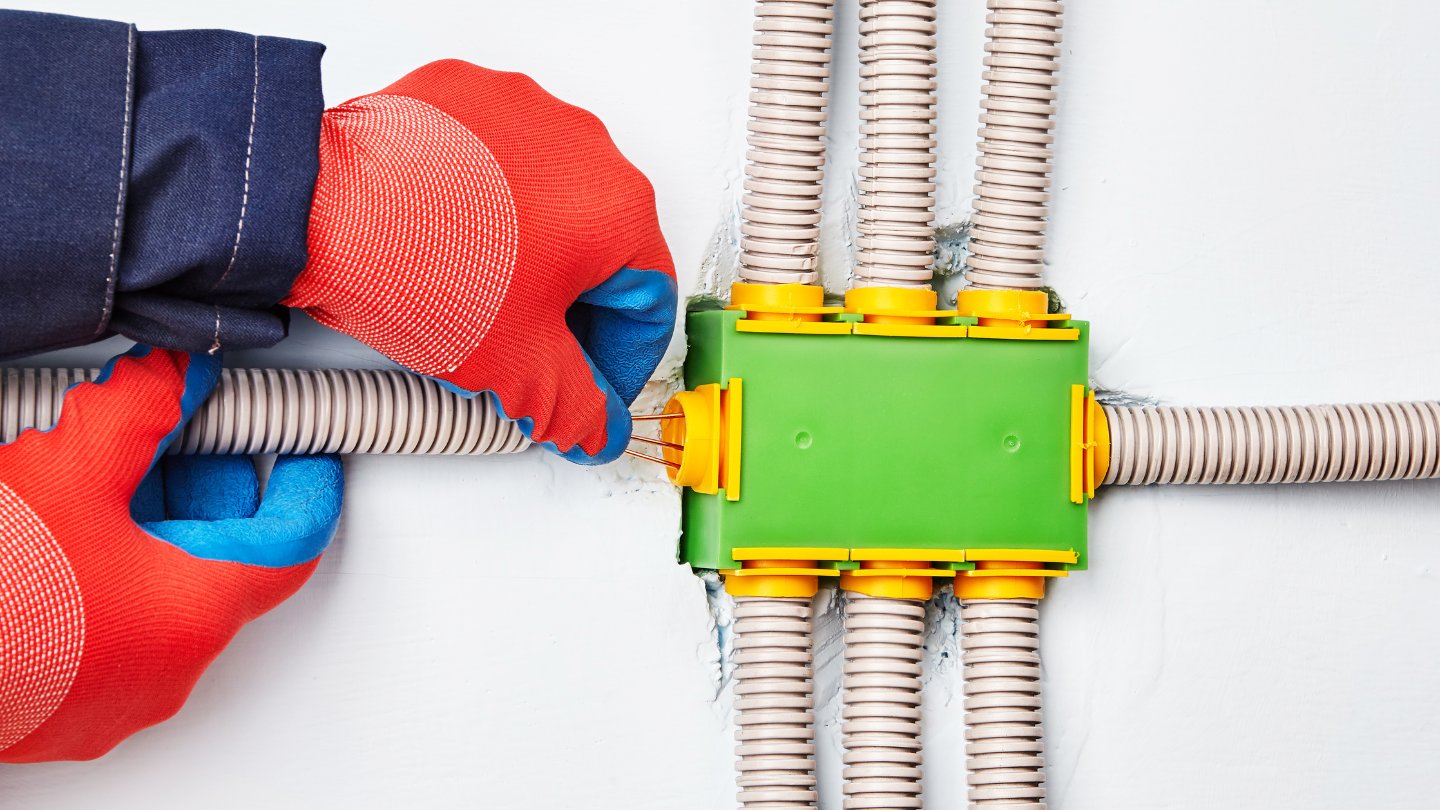

Articles
How To Connect Flexible Plastic Conduit To Electrical Box
Modified: April 22, 2024
Learn how to connect flexible plastic conduit to an electrical box with our informative articles. Simplify the installation process and ensure a secure connection.
(Many of the links in this article redirect to a specific reviewed product. Your purchase of these products through affiliate links helps to generate commission for Storables.com, at no extra cost. Learn more)
Introduction
Connecting flexible plastic conduit to an electrical box is an essential skill for any electrician or DIY enthusiast. This process allows for the safe and secure passage of electrical wiring through conduit, ensuring proper insulation and protection against external elements.
In this guide, we will walk you through the step-by-step process of connecting flexible plastic conduit to an electrical box. By following these instructions, you can ensure a reliable and professional connection that meets electrical safety regulations.
Before we begin, it is important to gather the necessary tools and supplies. This will save you time and make the process smoother. So make sure to have the following items on hand:
- Screwdriver set
- Wire cutters
- Flexible plastic conduit
- Electrical box
- Conduit connectors
- Mounting screws
With these tools and supplies ready, let’s get started on connecting the Flexible plastic conduit to the electrical box.
Key Takeaways:
- Proper preparation is crucial for connecting flexible plastic conduit to an electrical box. From measuring and cutting the conduit to selecting the right electrical box, attention to detail ensures a secure and professional installation.
- Testing the connection is essential for safety and functionality. By inspecting, checking for continuity, and testing the electrical system, you can identify and address any issues, ensuring a reliable electrical installation.
Read more: How To Connect Conduit To Flexible Conduit
Materials Needed
Before you begin connecting the flexible plastic conduit to the electrical box, it is important to gather all the required materials. Having everything ready and easily accessible will make the process much smoother. Here is a list of materials you will need:
- Screwdriver set: This will be used to loosen and tighten screws during the process.
- Wire cutters: These are necessary for cutting the flexible plastic conduit to the desired length.
- Flexible plastic conduit: This serves as the protective tubing that houses and protects the electrical wiring.
- Electrical box: This is the enclosure that houses and protects the electrical connections.
- Conduit connectors: These connectors are used to attach the flexible plastic conduit to the electrical box securely.
- Mounting screws: These screws are used to secure the electrical box to the wall or structure.
It’s important to ensure that all the materials are of high quality and compliant with electrical safety standards. This will help ensure a safe and reliable connection.
Before purchasing the materials, take accurate measurements of the area where the connection will be made. This will help you determine the appropriate length of the flexible plastic conduit and the size of the electrical box required.
Once you have gathered all the necessary materials, you are ready to proceed with the process of connecting the flexible plastic conduit to the electrical box. Let’s move on to the next step and begin preparing the tools and supplies.
Step 1: Gather Tools and Supplies
Before you start connecting the flexible plastic conduit to the electrical box, it is essential to gather all the required tools and supplies. Having everything prepared beforehand will make the process smoother and more efficient. Here are the tools and supplies you will need:
- Screwdriver set: Use a screwdriver set with various sizes to loosen and tighten screws.
- Wire cutters: Use wire cutters to cut the flexible plastic conduit to the desired length.
- Flexible plastic conduit: This is the protective tubing that will encase and protect the electrical wiring.
- Electrical box: The electrical box is the enclosure that houses the electrical connections.
- Conduit connectors: These connectors are used to secure the flexible plastic conduit to the electrical box.
- Mounting screws: Use mounting screws to firmly attach the electrical box to a wall or surface.
Make sure all the tools and supplies are in good working condition and comply with the necessary safety standards. Inspect the conduit connectors for any damage or defects before commencing the connection process.
Before purchasing the materials, take accurate measurements of the area where the connection will be made. This will help determine the appropriate length of the flexible plastic conduit and the size of the electrical box required.
Having all the necessary tools and supplies readily available will save you time and ensure a smooth progression through the connection process. Once you have gathered everything, you are ready to move on to the next step: preparing the flexible plastic conduit.
Step 2: Prepare the Flexible Plastic Conduit
Before connecting the flexible plastic conduit to the electrical box, it is crucial to properly prepare the conduit. Follow these steps to ensure a clean and secure connection:
- Measure and cut: Measure the length of the conduit needed for your specific installation. Use wire cutters to carefully cut the conduit to the desired length. Ensure the cut is clean and smooth.
- Deburr the edges: After cutting the conduit, use a file or conduit reamer to remove any burrs or rough edges from the cut ends. This will prevent damage to the wires during installation and ensure a snug fit.
- Remove any obstructing materials: Inspect the inside of the conduit and remove any debris or obstructions, such as dirt or plastic shavings. This will allow for smooth passage of the electrical wires
- Attach conduit connectors: Place a conduit connector on each end of the conduit. Ensure they are securely fastened and provide a tight connection.
By properly preparing the flexible plastic conduit, you can ensure a clean and secure connection to the electrical box. Taking the time to measure, cut, deburr, and clear any obstructions will result in a professional installation that meets safety standards.
Once you have prepared the flexible plastic conduit, you are ready to move on to the next step: preparing the electrical box.
Step 3: Prepare the Electrical Box
Before connecting the flexible plastic conduit, it is important to properly prepare the electrical box. This ensures a secure and safe installation. Follow these steps to prepare the electrical box:
- Choose the appropriate box: Select an electrical box that meets the requirements of your installation. Consider factors such as size, material, and mounting options.
- Plan the entry points: Determine where the flexible plastic conduit will enter the electrical box. Mark the points accordingly on the box.
- Create entry holes: Use a knockout punch tool or a drill with an appropriate bit to create the necessary entry holes for the conduit. Be careful to align the holes with the marked entry points.
- Smooth the edges: Use a file or deburring tool to remove any sharp edges or burrs around the entry holes. This will prevent damage to the conduit or wires during installation.
- Install the threaded connectors: Insert threaded connectors into the entry holes of the electrical box. Ensure they are securely fastened.
Properly preparing the electrical box is crucial for a successful connection. Choosing the right box and ensuring clean entry holes with smooth edges will prevent issues during the installation process. By taking the time to prepare the electrical box correctly, you can save time and ensure a secure connection.
With the electrical box prepared, you are ready to move on to the next step: actually connecting the flexible plastic conduit to the electrical box.
When connecting flexible plastic conduit to an electrical box, make sure to use the appropriate fittings and connectors designed for flexible conduit. This will ensure a secure and safe connection for your electrical wiring.
Read more: How To Connect PVC Conduit To Electrical Box
Step 4: Connect the Flexible Plastic Conduit to the Electrical Box
Now that you have prepared both the flexible plastic conduit and the electrical box, it’s time to connect them together. Follow these steps to ensure a proper and secure connection:
- Insert the conduit into the box: Gently insert one end of the conduit into the threaded connector on the electrical box. Make sure it fits snugly.
- Tighten the compression nut: Slide the compression nut over the threaded connector on the electrical box onto the conduit. Use a wrench or adjustable pliers to tighten the compression nut firmly. This will create a secure connection.
- Repeat the process: Repeat steps 1 and 2 for the other end of the conduit, connecting it to the remaining threaded connector on the electrical box.
It is important to ensure both ends of the conduit are securely connected to the electrical box. This will provide stability and prevent any movement that could potentially damage the wiring.
During the connection process, be careful not to overtighten the compression nut, as this can damage the conduit or the electrical box. Use just enough force to create a secure connection.
With the flexible plastic conduit successfully connected to the electrical box, you are now ready to move on to the next step: securing the connection.
Step 5: Secure the Connection
Once you have connected the flexible plastic conduit to the electrical box, it is crucial to secure the connection to ensure its stability and safety. Follow these steps to properly secure the connection:
- Position the electrical box: Place the electrical box in its designated location, making sure it is level and aligned with the conduit’s entry points.
- Mark the mounting holes: Use a pencil or marker to mark the positions of the mounting holes on the wall or surface where the electrical box will be secured.
- Drill pilot holes: Use an appropriate-sized drill bit to create pilot holes at the marked positions. This will facilitate the insertion of the mounting screws.
- Secure the electrical box: Align the mounting holes on the electrical box with the pilot holes on the wall or surface. Insert the mounting screws through the holes and tighten them using a screwdriver or a suitable tool. Ensure that the electrical box is firmly secured.
Securing the connection is essential to prevent any movement or dislodging of the flexible plastic conduit. It ensures the stability of the installation and protects the electrical wiring inside.
Make sure to use appropriate mounting screws that are suitable for the type of wall or surface you are working with. If unsure, consult a professional or refer to local building codes for guidance.
With the connection securely mounted, you are ready for the final step: testing the connection.
Step 6: Test the Connection
After completing the connection and securing the flexible plastic conduit to the electrical box, it is crucial to test the connection to ensure everything is working properly. Follow these steps to test the connection:
- Turn off the power: Before conducting any tests, make sure to turn off the power supply to the electrical box. This step is vital for your safety.
- Inspect the connection: Carefully examine the connection point between the flexible plastic conduit and the electrical box. Look for any signs of loose fittings, exposed wires, or other abnormalities.
- Check for continuity: Use a continuity tester or a multimeter to check for continuity between the electrical box and the conduit. This will ensure that the connection is solid and that there are no breaks in the wiring.
- Reapply power: Once you have confirmed that the connection is secure and there are no issues, you can safely turn the power back on.
- Test the electrical system: After restoring power, test the electrical system that is connected to the conduit and the electrical box. Check that all switches, outlets, or other electrical devices connected to the system are functioning correctly.
Testing the connection is essential to ensure the safety and functionality of the electrical system. By following these steps, you can identify any potential issues or faults and address them promptly.
If you encounter any problems or are unsure about the test results, it is best to consult a licensed electrician for further assistance.
With the connection successfully tested, you can have confidence in the reliability and performance of your flexible plastic conduit installation.
Conclusion
Connecting flexible plastic conduit to an electrical box is a fundamental skill for anyone working with electrical installations. By following the steps outlined in this guide, you can ensure a safe and secure connection that complies with electrical safety standards.
Throughout the process, we covered the necessary tools and supplies needed, including a screwdriver set, wire cutters, flexible plastic conduit, an electrical box, conduit connectors, and mounting screws. Gathering these materials beforehand will save you time and make the process smoother.
We discussed the importance of properly preparing both the flexible plastic conduit and the electrical box. By measuring, cutting, deburring, and clearing any obstructions from the conduit, you ensure a clean and secure connection. Preparing the electrical box by selecting the appropriate size, planning entry points, creating entry holes, and installing threaded connectors guarantees a proper fit and alignment.
The next crucial step involved connecting the conduit to the electrical box. By inserting the conduit ends into the threaded connectors and securing them with compression nuts, you ensure stability and prevent any movement that could damage the wiring.
After connecting the conduit, it is essential to secure the electrical box to the wall or surface using mounting screws. This step ensures the stability of the installation and protects the connection from accidental dislodging.
Finally, we emphasized the importance of testing the connection by turning off the power, inspecting the connection, checking for continuity, and testing the electrical system. This step ensures that the connection is secure, and the electrical system functions correctly without any faults or issues.
Remember, if you encounter any difficulties or uncertainties during the process, it is always recommended to consult a licensed electrician for assistance. Electrical work should be conducted by professionals or individuals with proper training and knowledge to ensure safety.
By following these steps and taking the necessary precautions, you can successfully connect flexible plastic conduit to an electrical box, providing a reliable and safe electrical installation.
Frequently Asked Questions about How To Connect Flexible Plastic Conduit To Electrical Box
Was this page helpful?
At Storables.com, we guarantee accurate and reliable information. Our content, validated by Expert Board Contributors, is crafted following stringent Editorial Policies. We're committed to providing you with well-researched, expert-backed insights for all your informational needs.
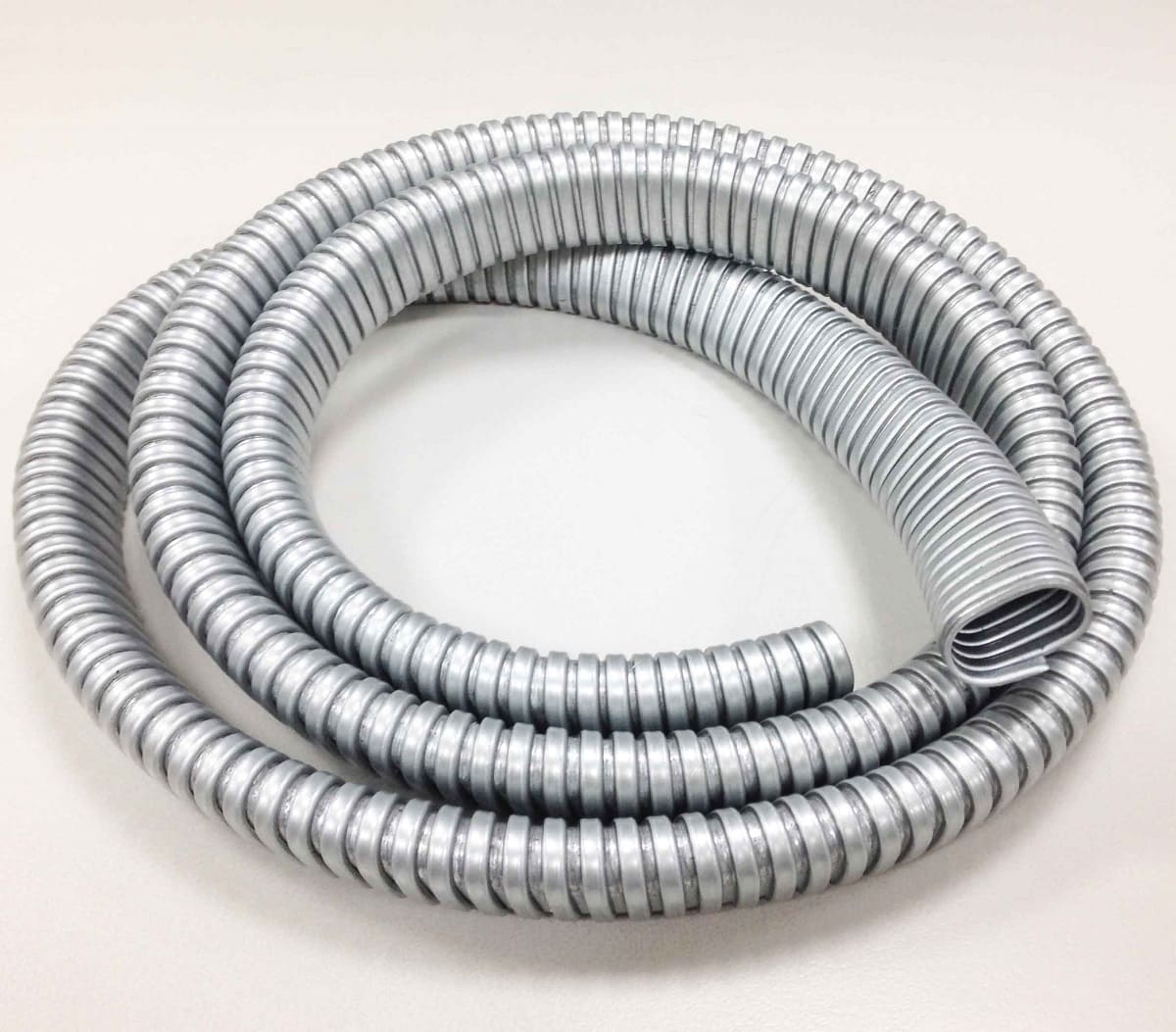
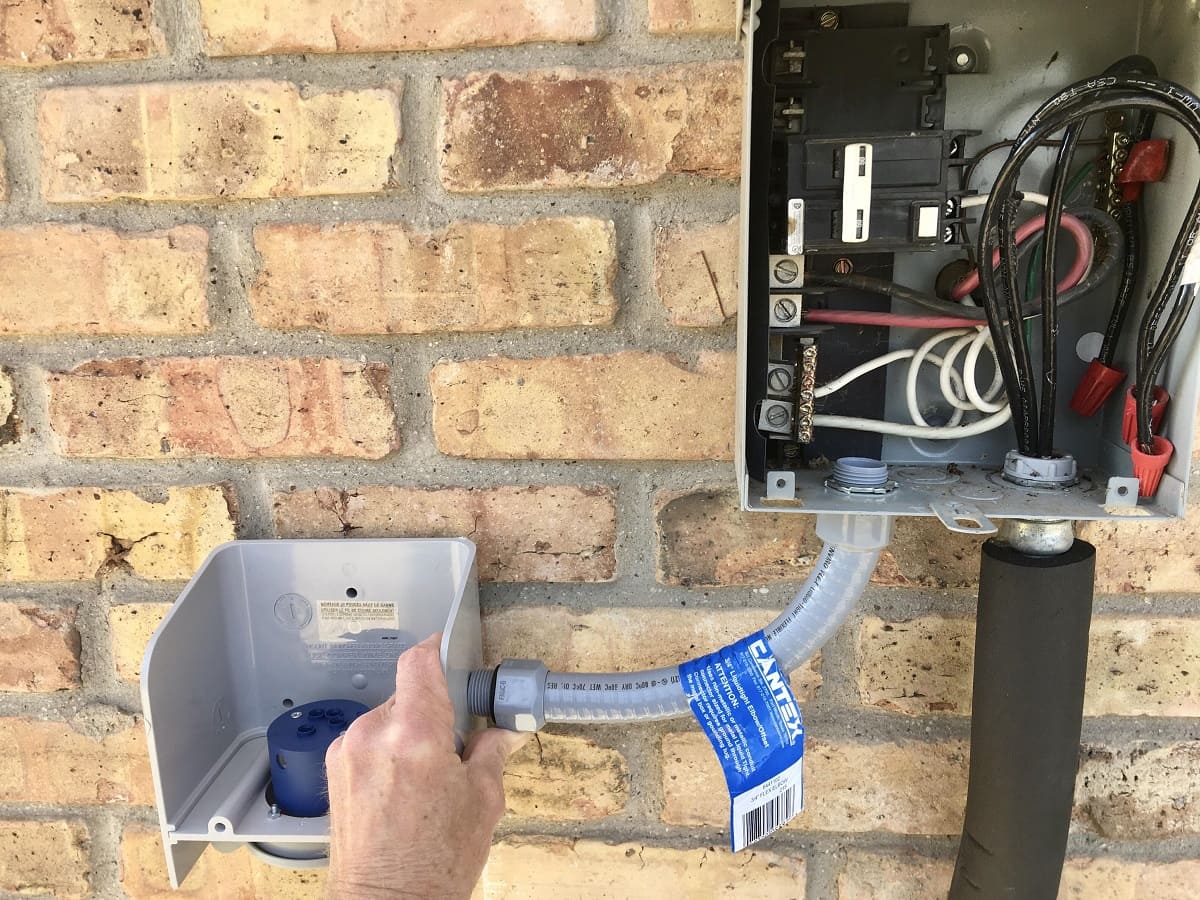
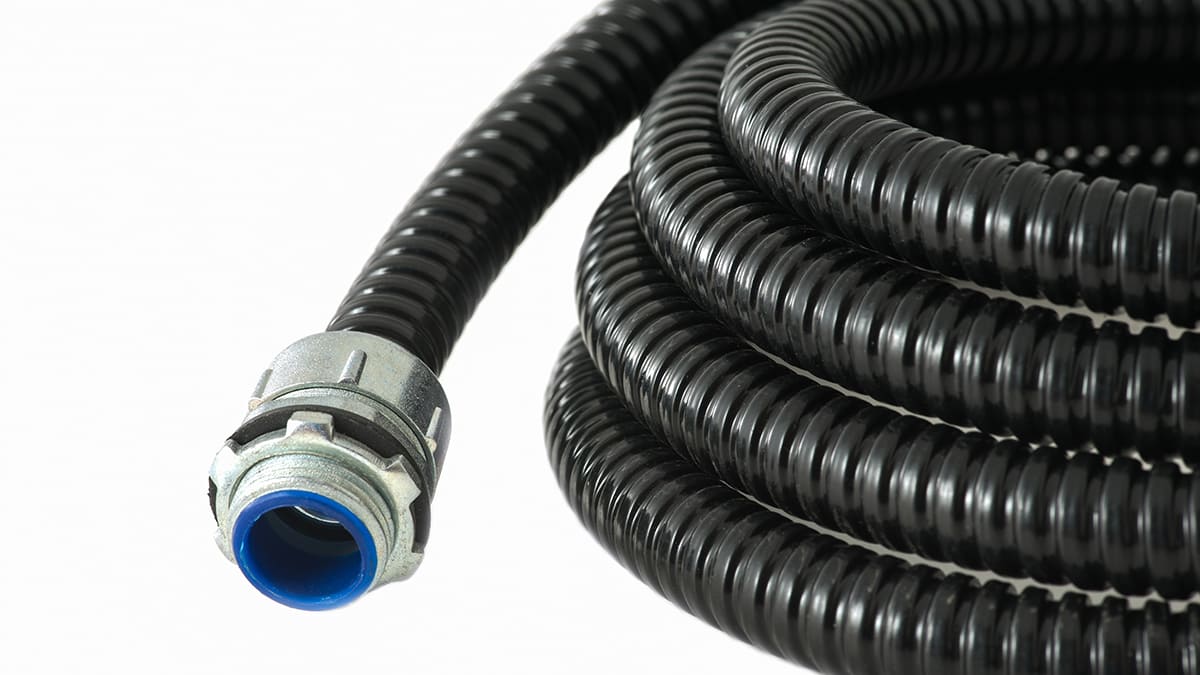
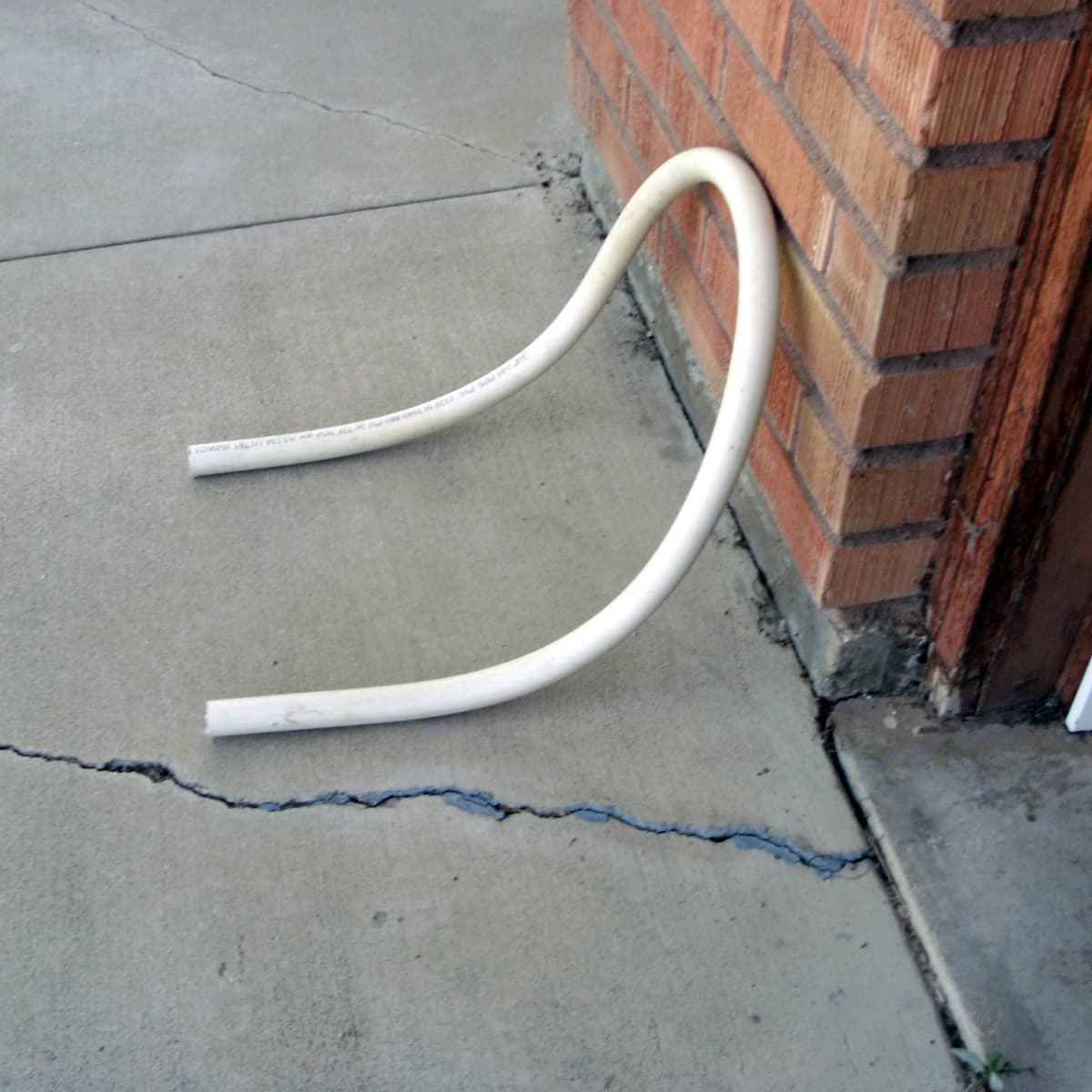
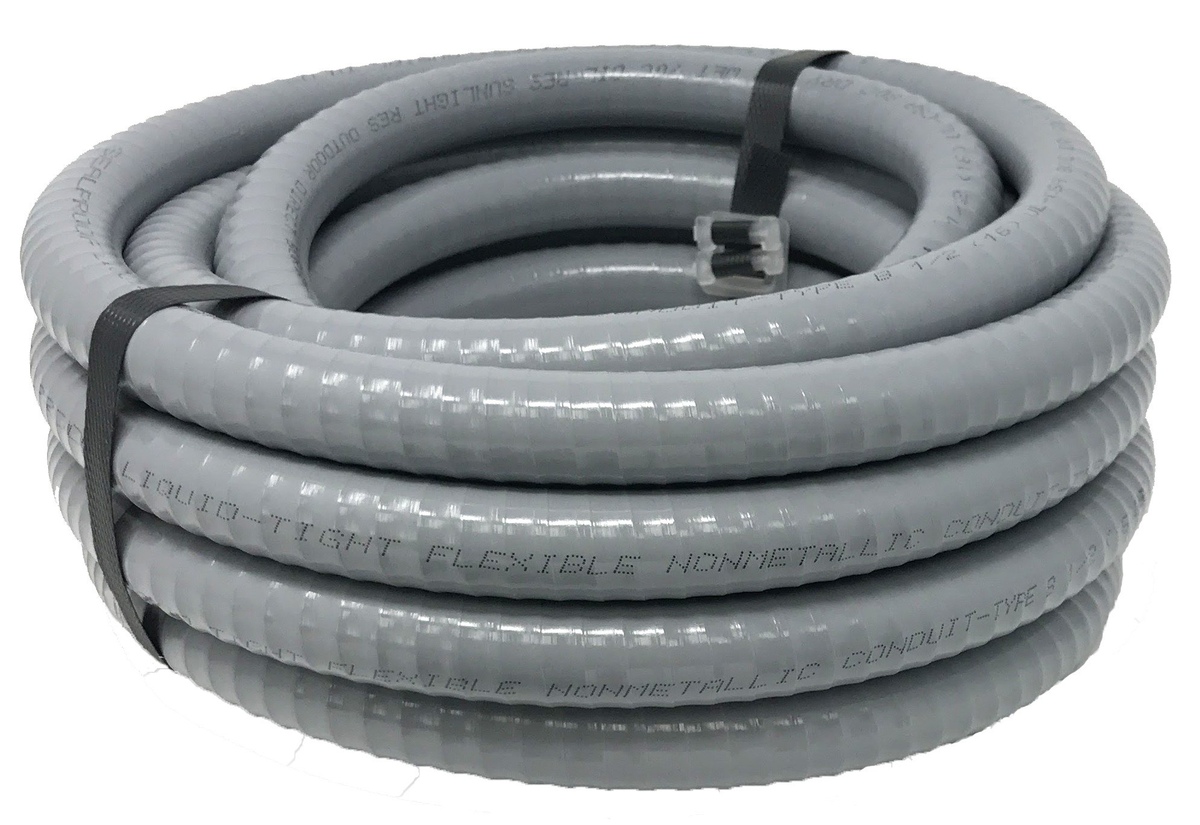
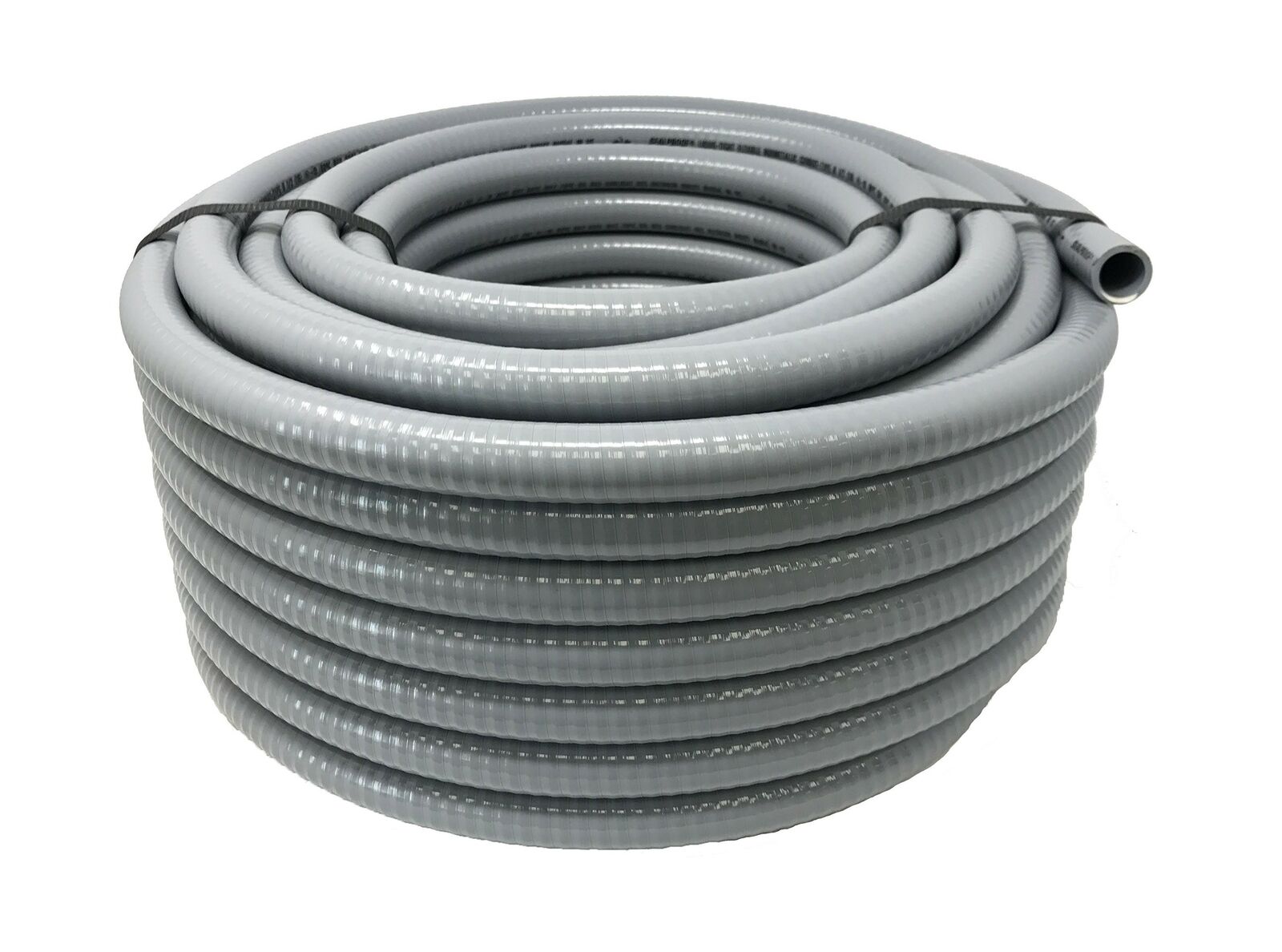
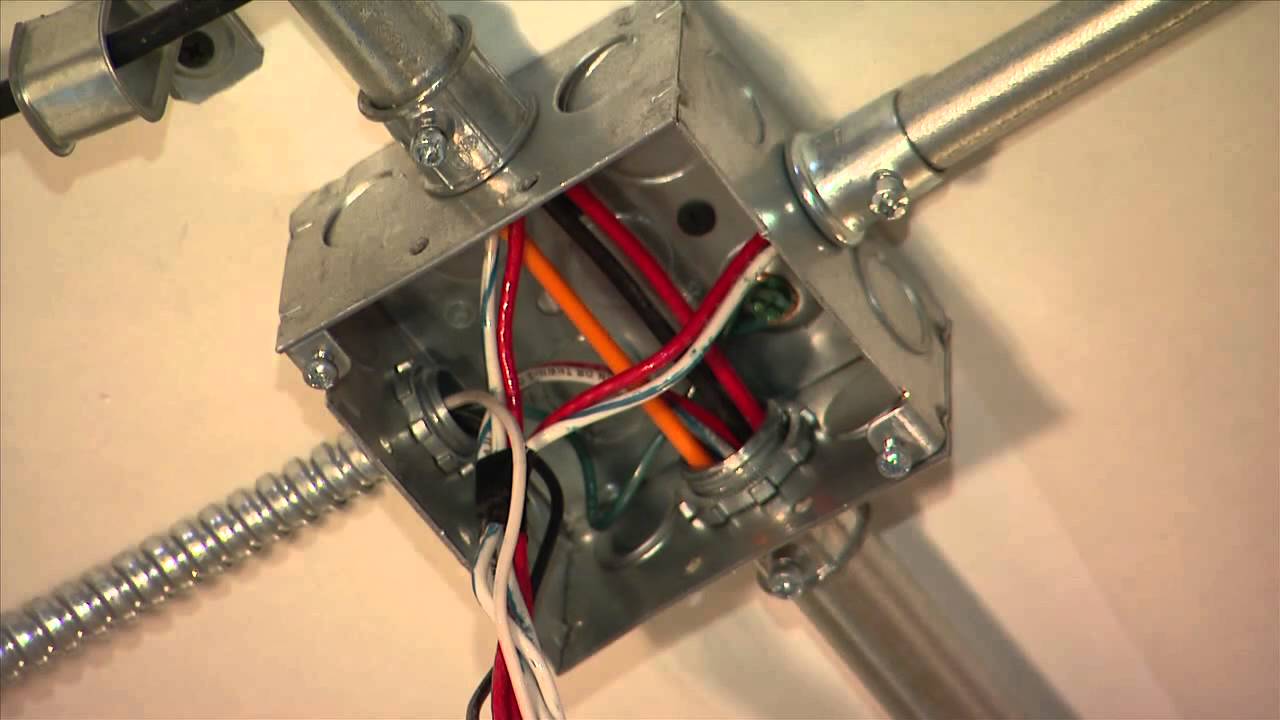
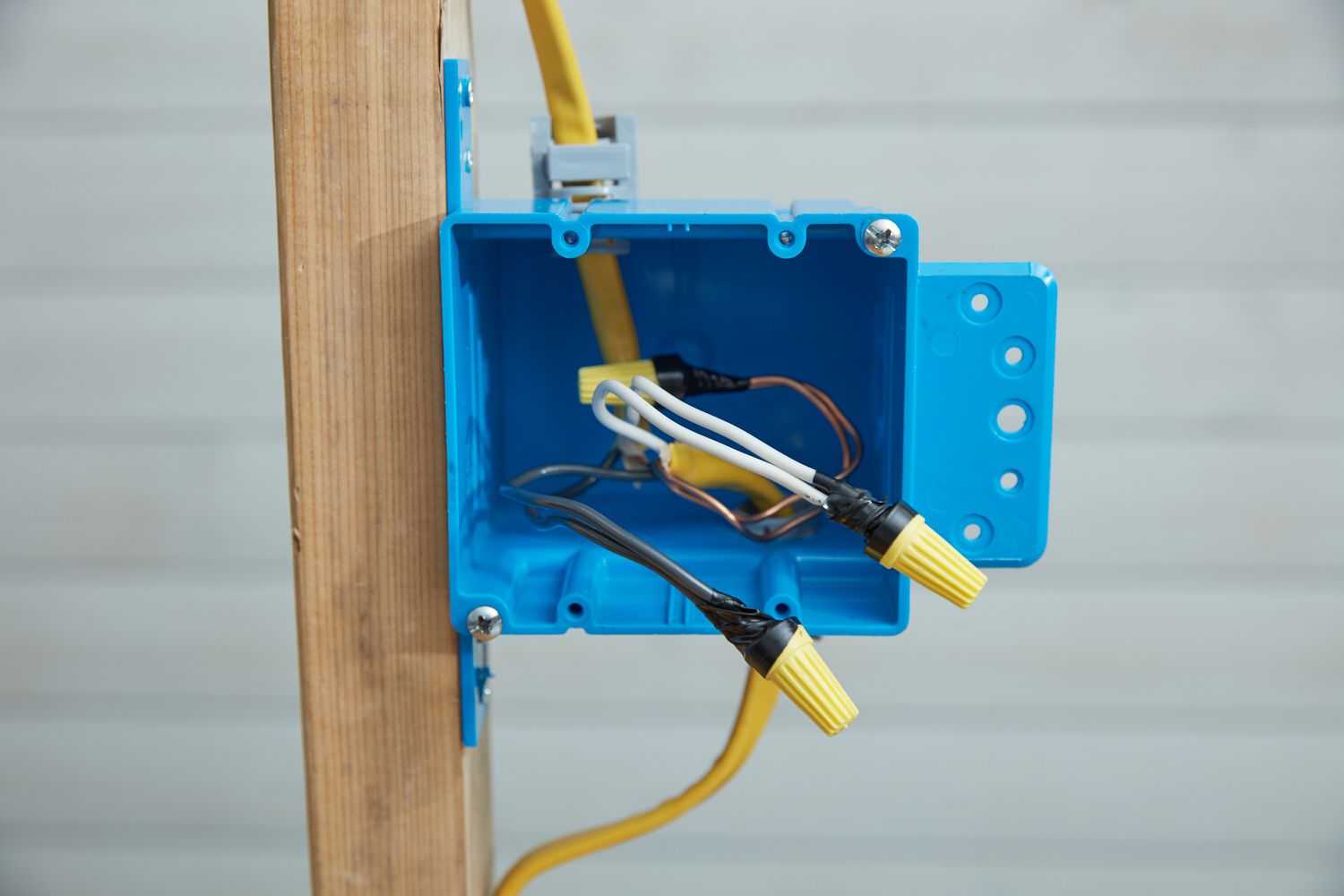
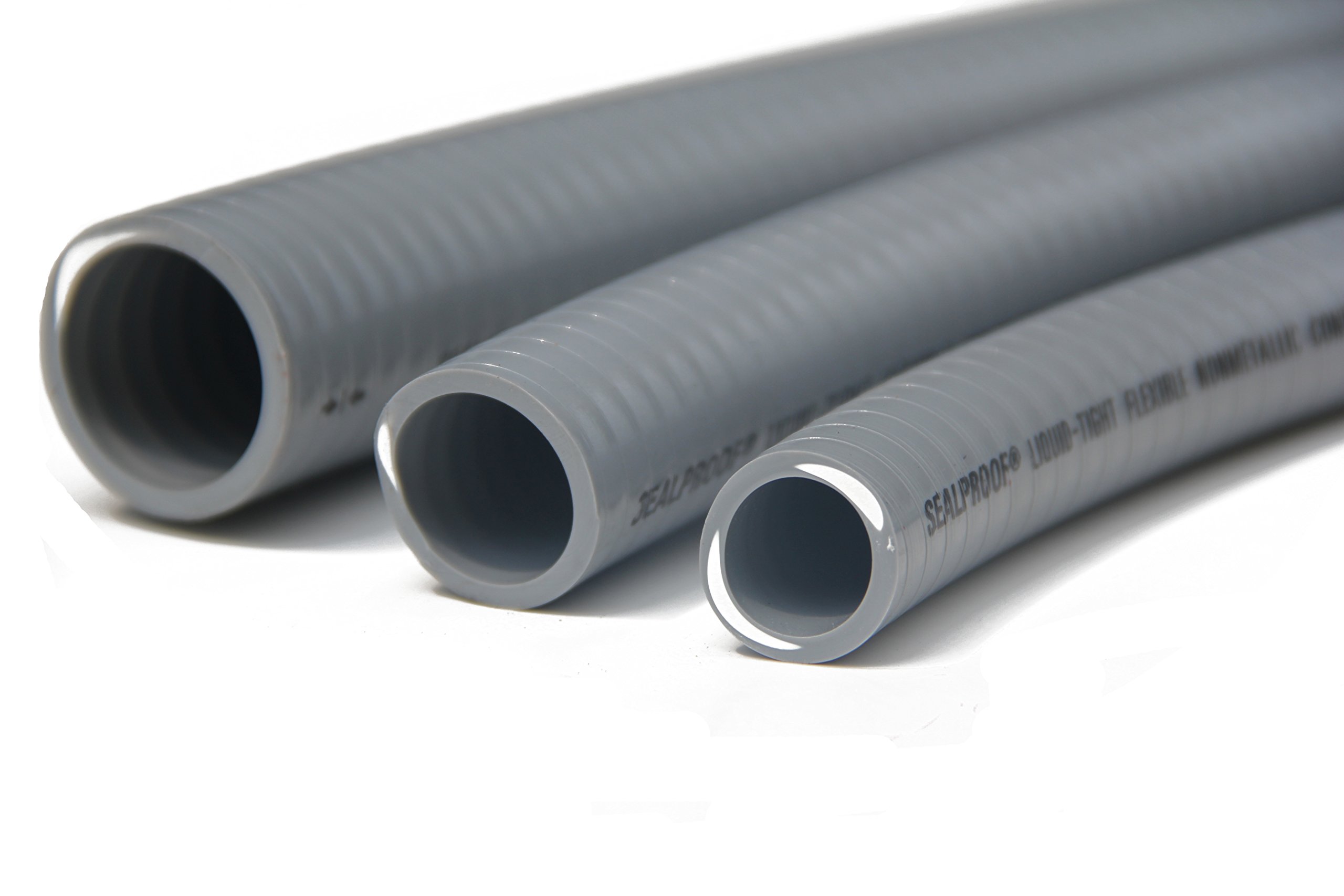
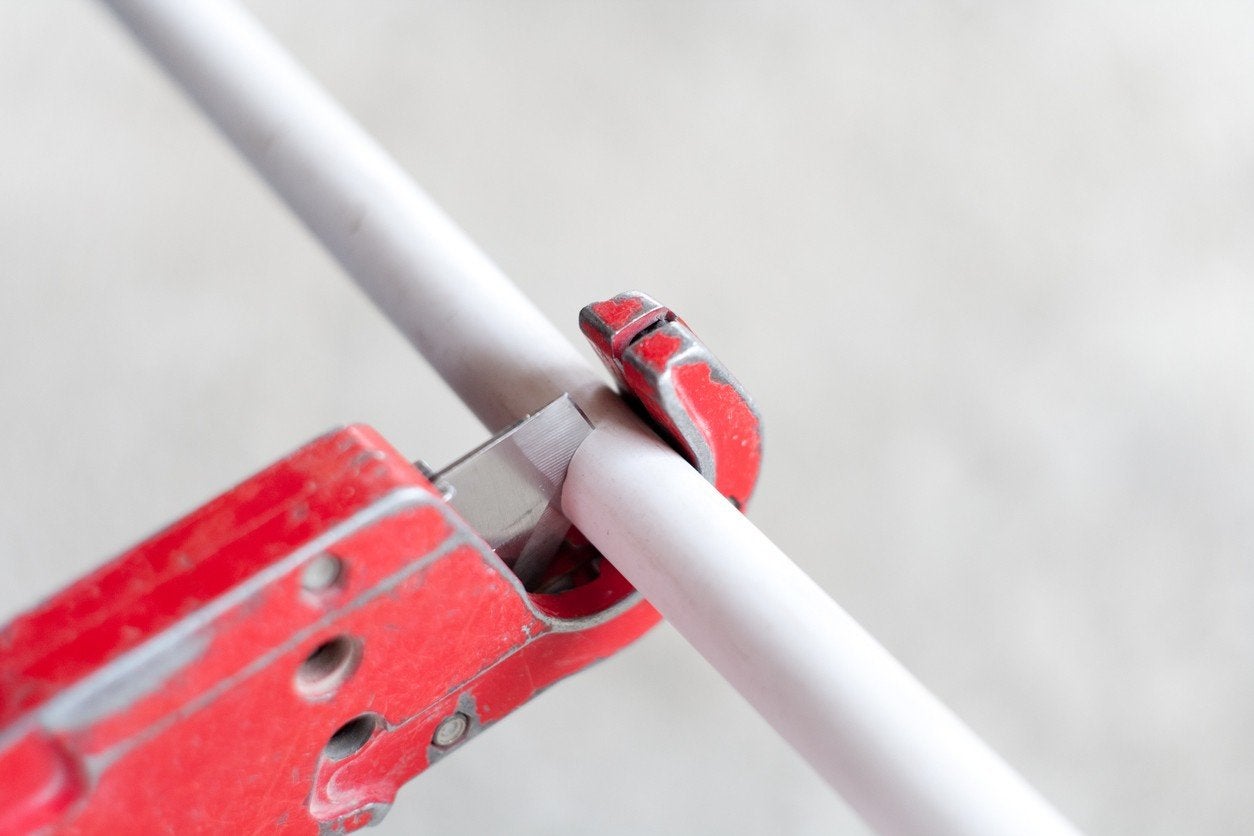
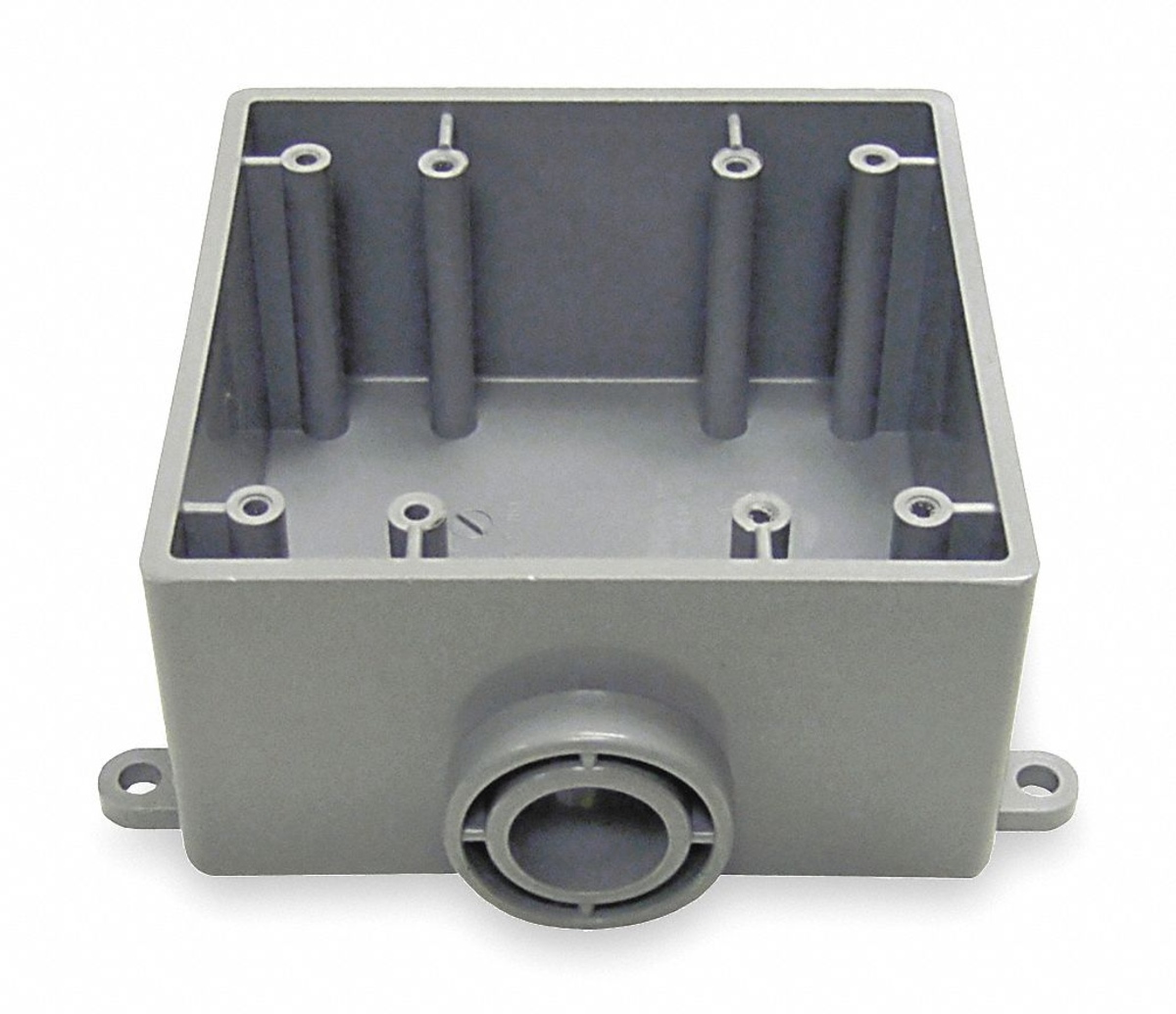
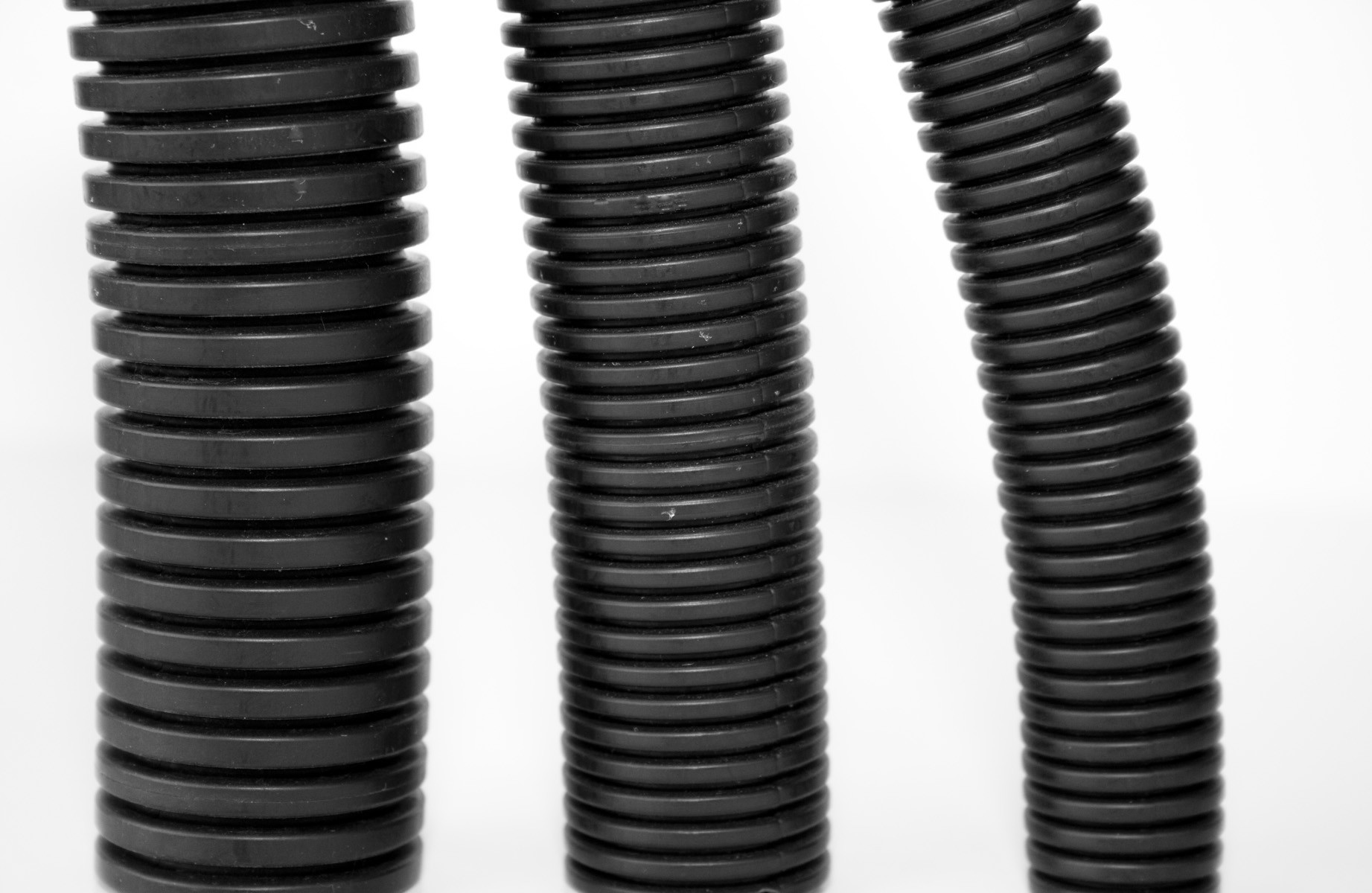
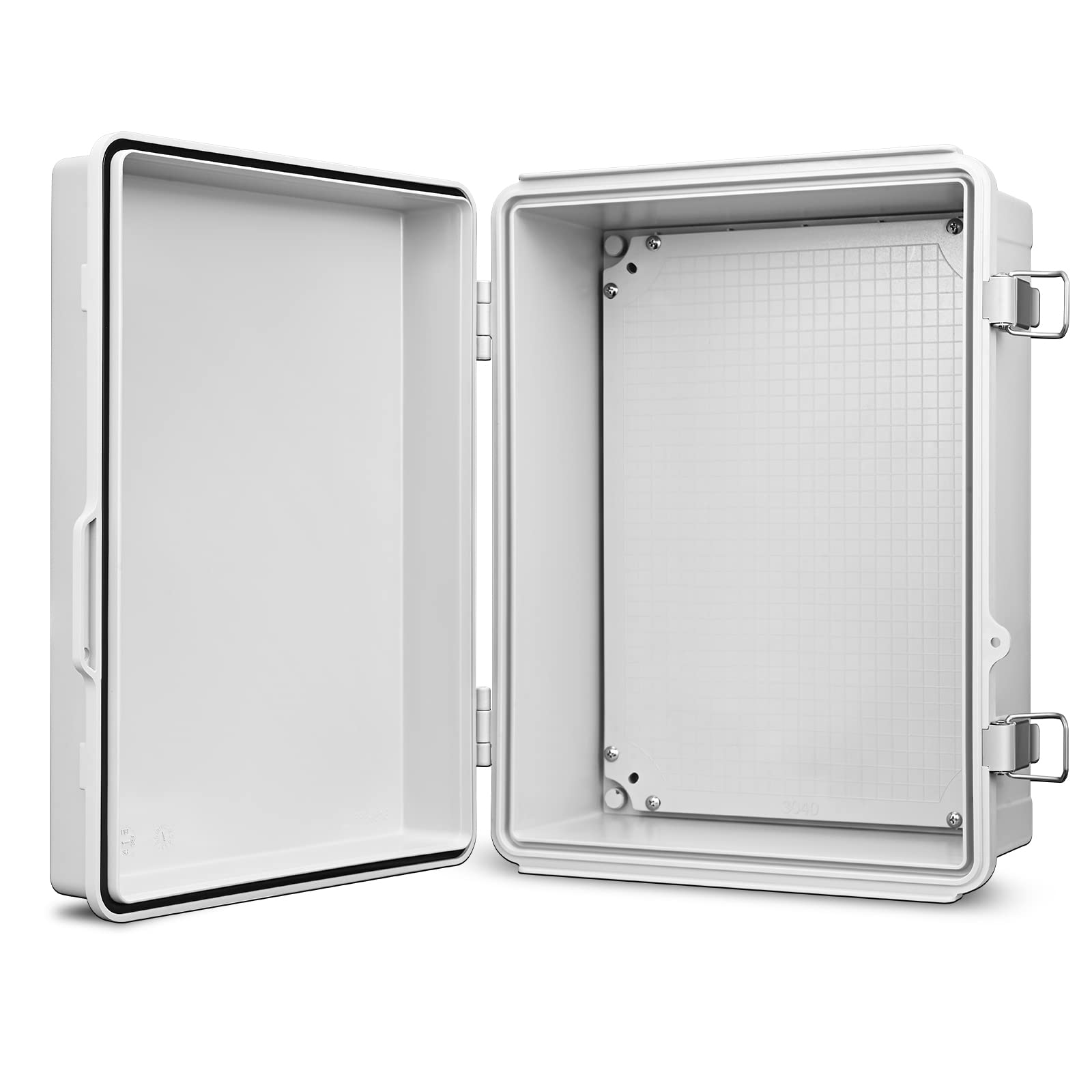
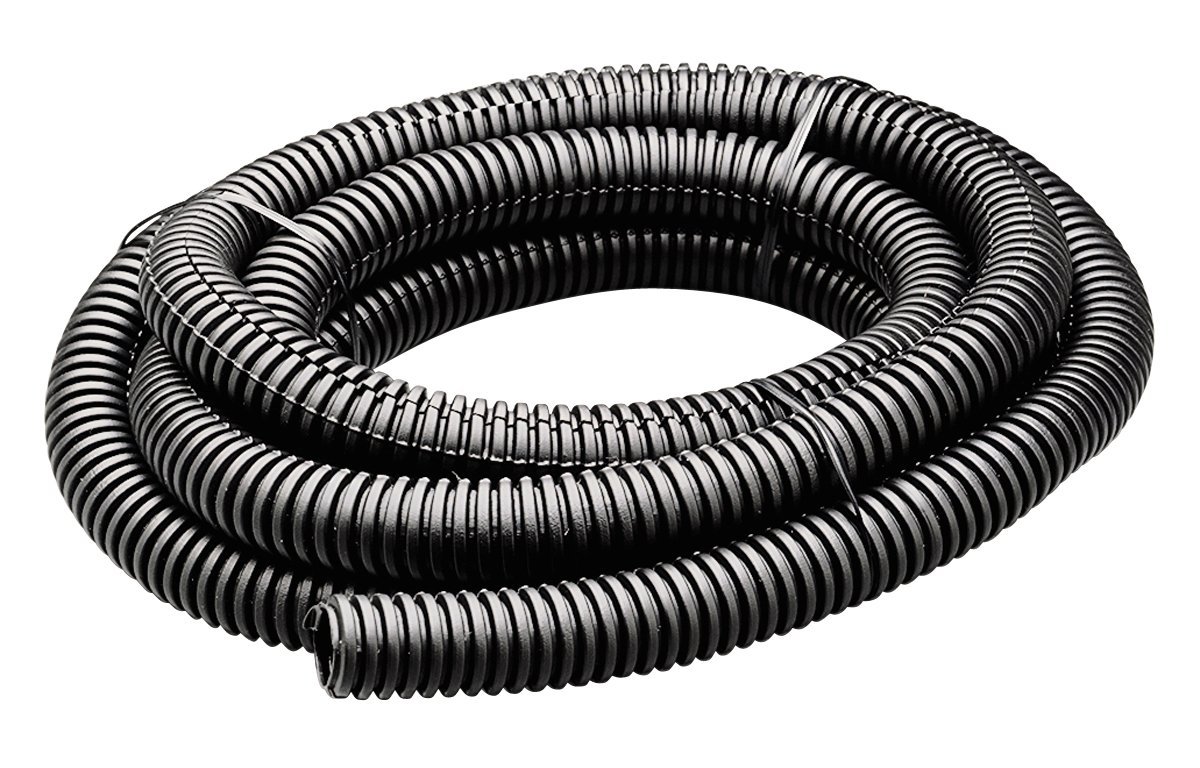

0 thoughts on “How To Connect Flexible Plastic Conduit To Electrical Box”